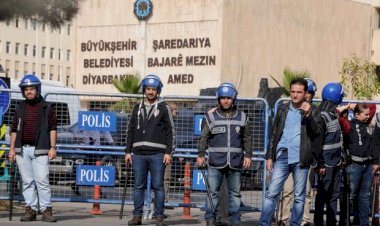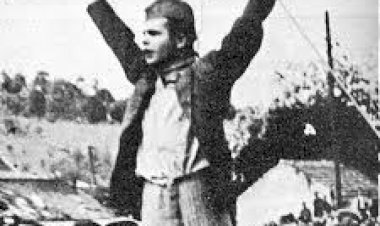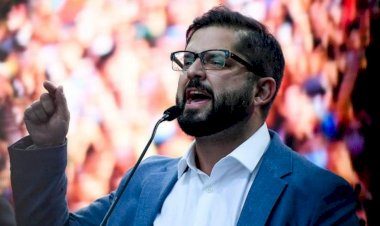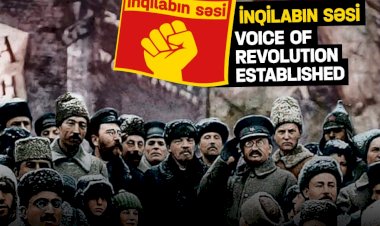Things You Need to Know about Iranian Economy-Siavash Shahabi
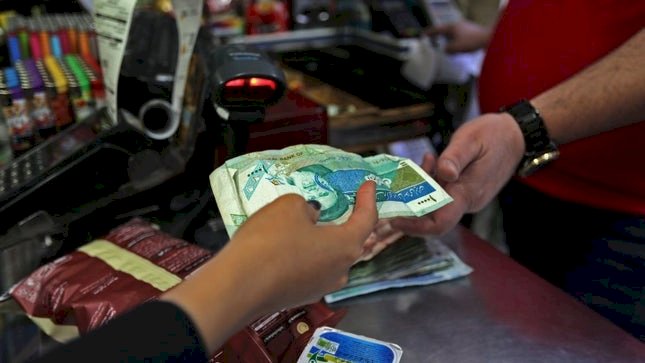
The Iranian economy is facing many crises that need to be reformed in various areas. not only economists who constantly mentioned this point in the Iranian media, also all people know this. An economy that has historically suffered from high inflation, low employment, low economic growth, fluctuations, poverty and inequality, all of which occur in a society where citizens also face all kinds of political, religious, and gender discrimination.
Iran's economic growth over the past decade has been extremely unstable as a result of deep political and economic crises. During the first five years of President Mahmoud Ahmadinejad (2005-2013), whit rising oil prices and the injection of oil dollars into the country's economy, economic growth was relatively high, but at the same time, it fueled widespread poverty and unemployment. After the relative recovery of economic growth from 2009 to 2011, the escalation of the nuclear crisis and oil sanctions formed to one of the deepest recessions of recent decades at 2011 in Iran, so that Iran's GDP falling about to 9%. The government of Hassan Rouhani, who took over the country after the deep recession of 2012, it was incapable of generating significant economic growth, and most real non-oil economic growth in the eleventh government was no more than about 3% (year 2014). The government and its supporters believe that sanctions is the main cause of the economy crisis.
In the remainder of this article, I will attempt to investigate this claim by presenting statistics, figures and explanations of working conditions in Iran. Since this article is written for readers outside of Iran, there is naturally need to provide statistics and information that will make the article a little longer. It should also be borne in mind that this article does not address the foreign policy of Iran, which is itself part of the economic crisis, and I leave it to the another article.
Oil-Dependent Economy
In countries such as Iran, which large part of national production is crude petroleum. The sharp annual fluctuations in the price and the rate of production of raw materials can indicate large or small annual economic growth. without significant change in the amount of goods production, services and the number of employees in the country. After lifting economic sanctions and boosting Iran's oil exports to one million barrels and doubling world crude prices, Iran's GDP rose to 11.6% from a year earlier. However, Iran's non-oil economic growth, which gives a comprehensive picture of the state of production and employment in the country, was only 1.9%, which is very low for Iran's economy.
The dependence of the country's general budget on oil dollars in Iran is very high, and price fluctuations and oil production have a direct impact on the state budget. In the Iranian economy, government spending and development are the most important sources of demand, investment and production in the country. As a result, at most years who oil revenues have been high, Due to increased government investment non-oil economic growth was also high. And in the years when oil revenues have fallen, the economic growth of the non-oil sector has also slowed.
Condition Of Work, Wages And Inflation
Services are the largest segment of the Iranian labor market, which means that more than 50% of the current jobs in Iran are services.[i] According to 2019 statistics, this includes 59% in the city and 24% in the villages. According to the Iran Census Bureau, 60% of these employees were employed in the whole country only in year 2015 without pay. These statistics mean that more than half of the workforce is the largest part in insecure working conditions.[ii]
Unpaid employees include those who work as trainees, probationers, freelancers such as family businesses, as well as some who work on contractual or non-contractual terms. This type of employment means that the workforce may not be insured and the amount of income, time of earning possible income, and working time are unknown. According to the 2015 Statistics Center report, the average person working hours in the service sector is 51 hours per week, which is 7 hours above the statutory ceiling of 44 hours per week.
Iranian media news has been full of reports for many years about workers' protests for non-paying emolument. Workers can't receive their wages for months and the government does not protect them against the employer. There is many reports about workers' prosecutions that went on strike in protest of non-payment of wages. The most prominent of these were Ismail Bakhshi, from Haft Tapeh sugar cane factory workers and Maysam Al Mehdi of Khuzestan steel workers, who were first arrested on charges of disturbing public order and then accused of collaborating with a foreign enemy to act against national security. Broadcasting of confessions these workers activists from national television who were confessed to collaborating with foreign forces and then their revelations of torture and ill-treatment in prison sparked a widespread protest in Iran that even prompted some MPs to react.
One of the government's strategies to improve the investment situation in the non-oil sector has been to reduce wages. Iranian minister of labor announced at a privatization conference two years ago to help employers and making job, that the labor law needed to be changed to provide low-cost labor. MPs have also repeatedly put forward various plans to change the labor law and lower wages. But the widespread protests that have intensified over the past two years have halted any trying to change the law.
Such thinking like this can sees direct connection between wage reductions and labor law support and economic growth; lower wages and more restrictive labor laws will lead to greater economic growth. As a result, more economic growth will create new job opportunities that will solve the problem of unemployment. This is a general policy in most countries with economic crisis.
But economic growth data for the past 25 years shows that despite a more than 40% real wage and considering inflation, compared to 1991, and a repeated weakening of the labor law, significant economic growth has not been achieved. [iii] Not only has the decline in the minimum wage also not contributed to economic growth, it can clearly be seen that during the period when the minimum wage increased the overall trend of the economic growth rate was increasing and, conversely, during the period of real devaluation the minimum wage of economic growth also decreased. [iv] While this empirical evidence does not give us a clear and simple picture of the connection between wages and economic growth in Iran, but it clearly rejects the claim by the government and parliament that wages and economic growth are in direct reverse.
Given the aforementioned, rising inflation should be added. According to data from the Iranian Statistical Center, the inflation rate in December 2019 reached 27.8%, witch mean households have to spend 27.8% more than a year ago to buy a particular product, and the inflation rate for households has reached 40%, which was unprecedented in previous years. [v]
Priority Of Religious Institutions In The Budget
The budget allocated to Islamic institutions by the state is generally lower than the budget of educational or health institutions. For example, the total budget of Islamic organizations covered by the government is 7 times less than the budget of the Ministry of Education and almost 9 times less than the budget of the Ministry of Health. The country's defense budget has also fallen by 50% this year. But the main point is that there is no transparency about the statistics provided by the Iranian government and parliament. There is no solution available to verify the actual amount of the intended budget, and what people at the community level touch and see is very different from what the government and parliament claim.
For example, according to Sadegh Zibaklam, one of the most influential professors of the University of Tehran, who is known for his close proximity to Iran supreme leader and at the same time critical of some economic and cultural policies, the budget of top five universities is many times less than the budget of Islamic organizations. He provided his statistics to addressing the Friday Imam in Tehran, who claimed that the funding of religious institutions was too low and inaccessible after Iranians media reports. He also said according to government statistics, the budget of these top 5 universities totaled 690 Billion Toman (about 149 Million Euro), while the funding of Islamic organizations who have only ideological propaganda and nothing role in society is 8100 billion Toman (about 1735 Million Euro). [vi]
In another example, government statistics say more than 30% of schools in Iran are in serious need of reconstruction, but the Iranian Ministry of Education says there is no funding for reconstruction. Iranian official news agency wrote in a detailed report earlier this year that authorities of schools reconstruction department of education ministry in Iran are virtually without funds. [vii]
In a controversial express opinion, Iran's health minister, while on a TV show, to response a question about the unavailability of very expensive and specialty medicines, said: "Why should we spend for medicines to ultimately increase patient life for 2 or 3 years?" He said: “do the Iranian people allow such money to be spent on them? Because we have to deduct other costs to provide these medicines.”[viii] He also claimed that the reason for the poor quality of medical services in public hospitals is the result of unwillingness to invest from private sectors. He add also the high quality of medical services depends to the patients' financial condition. A few days later, he claimed that his words were misunderstood and after some time the Ministry of Heaven announced that he would provide medicines for certain diseases, but it was unclear how they would be financed. [ix] Meanwhile, the body responsible for organizing Friday prayers in the country receives about 20 billion Toman per year (about 4283000€) annually and has nothing but organizing the weekend prayers. Much of the budget is spent on transporting, supplying water and other beverages and snacks for worshipers.
In contrast, according to the Budget Law of the 2019-20, the total budget of the 38 Parallel Institution and the Religious and Advertising Center this year is over 5300 Billion Toman (about 1134 Million Euro). This is equivalent to the 19.6 percent increase of revenue the government want to get from increase in fuel prices.
Economic Corruption
Corruption is one of the biggest problems for the Iranian regime. Due to the tight intertwining of security, military and religious institutions with the country's economy, there is virtually no way out of this crisis. The Iranian media is full of reports, interviews and articles addressing the issue of corruption and the need to confront it. Over the past few months, the president and head of the Iranian judiciary have repeatedly accused each other of failing to fight corruption properly. One to lack of proper punishment and another one to lack of supervision. The parliament was also accused of less working in the legislative field.
With increasing poverty and high costs, unpaid wages, reduced wages and rising inflation, people care more about economic corruption, and especially to the embezzlement of billions in Iran. One of the main slogans in many workers, retirees and teachers demonstrations over the past two years was "one less embezzlement is the less problem for us".
Babak Zanjani is an Iranian billionaire and business magnate. His embezzlement case is one of the most well-known cases in Iran. He was the managing director of the UAE-based Sorinet Group, one of Iran's largest business conglomerates. In late 2013, he was arrested and accused of withholding $2.7 billion of government money owned by the Ministry of Petroleum, in his attempts to facilitate Iran's oil revenue hindered by the sanctions against Iran. He was convicted of corruption, sentenced to death and is currently awaiting execution.
A year earlier than that, two other embezzlement cases had been disclosed, one of which was the main defendant formerly Tehran's prosecutor and the main accused was the torture and death of an Iranian-Canadian journalist (Zahra Kazemi) who never tried in court. Saeed Mortazavi was accused of embezzling 3250 billion Toman from the country's welfare fund, but the case was never seriously investigated. In his record there is a list of numerous charges, except for the murder of Zahra Kazemi and embezzlement, including the arrest of 120 publications in the years 1996 to 1998, the perpetrator of the murder and torture of dozens protesters during Green Movement in 2009 in one of Iran's most notorious prisons, which ultimately led to the payment of fines. He said I'm sorry, but that has happened. His case was one of the most controversial in Iran and that took long time to investigate.
In the 2013 of embezzlement in the Foundation of Martyrs and Veterans Affairs, the figure of 8000 billion Toman was disclosed, and few week after which the news of the loss of an Iranian oil rig shocked society. The government claimed that the oilrig was paid to the manufacturer and delivered based on government documents but never delivered in the real world. Missing Iranian oil rig or Fortuna rig, is a corruption case in which an oil rig was bought by the Iranian government but was never delivered. The case attracted major attention in Iran and abroad.
Three years later, a member of parliament announced the embezzlement of the 8000 billion Toman in State Welfare Organization of Iran. The case of the embezzlement is still pending and eight people have been arrested. That same year, two more revelations of embezzlement totaled 2223 billion Toman, one of which belonged to the Tehran municipality. This case still is under investigation.
Finally, 4000 million toman was leaked a few months ago, which is still under investigation in court.[x]
The name of the politicians has always been associated with these embezzlements, but they have never been seriously prosecuted in court.
IMF Programs
The International Monetary Fund provides detailed analysis and recommendations to its member countries every year or every two years on economic and financial structures and leading strategies. In a detailed report by the Fund in 2018, the executive director of the Iranian sector has responded positively to almost all cases the fund has recommended, saying that Iran will employ them. The point I am talking about here comes from the IMF's proposal to reduce and ultimately eliminate subsidies from fuel. Jafar Mojarrad, representing the Iranian authorities, writes: "The staff recommendation of generating 4-5 percent of GDP in savings over the next 4-5 years through subsidy reform, expenditure restraint, and revenue effort seems feasible, but contingent on garnering broad political and public support. Fuel subsidies will be eliminated before end-2020/21 and the cash transfer program will be better targeted by removing the richest 20 percent of household recipients." [xi]
It also endorses the fund's insistence on removing tax exemptions from religious foundations and institutions, but says it will seek to eliminate the exemptions as much as possible "to earn more government revenue." This is just part of all the fund's recommendations, including raising retirement age and other measures to reduce government spending to support retirees. But the important point in the text above is not only the government's earlier decision to completely eliminate subsidies but also the need to "gain broad political and public support". What does it mean by that?
Such a massive structural change or adjustment in the Iranian economy, directly derived from the IMF guidelines, a global capitalist institution, will certainly face social resistance and widespread public protest, especially among the working class. We see this almost all over the world. The Fund noted somewhere in the document that subsidy reductions should go hand in hand with helping vulnerable families.
However, the undemocratic and shocking way of raising gas prices is completely oblivious to "gaining public support." There is no such support, no effort has been made to obtain it. The austerity-driven structural adjustment program that the homeless has brought behind the homeless, that is to say, social security programs, support for labor and health insurance, public education, and basically eliminating people's defenses against big business and corruption and so on. Such structural changes have taken place in Iran in both non-political and unpopular ways. It is not unreasonable to call this uprising "Against national security".
The IMF is not a human rights institution, and it has nothing to do with the social and political aspects of its economic proposals, unless these aspects are considered as facilitating business and foreign investment in member states.
Interestingly, the number of corpses, police violence against French demonstrators, and even their clothing, is not fundamentally different from police violence in Sirjan, Behbahan and Isfahan in Iran. Yes, the bullets fired in Champs-Élysées, unlike many cities in Iran, are plastic, not warlike. But in France the number of the blind and the lost, etc., illustrates the structural similarities between today's more powerful governments. Now, if in France and Hong Kong can have massive attack to the protesters, why not in Behbahan and Shahriar in Iran also?
-------
In this report, I tried to introduce the reader to the economic and social environment in Iran. Understanding Iran's foreign policy and the role of the Islamic Revolutionary Guard Corps in Iran's domestic economy as well as the region also needs further consideration. It is important to note that Iran alone has spent more than 16 billion dollar in Syria since the beginning of year 2012.[xii] The United Nations says Iran spends 6 billion dollar annually on Syria.[xiii] Iranian officials have never stated the true extent of their support for Bashar al-Assad, but have always insisted on his support. The Iranian Students News Agency also reported weeks ago on Iran's 120 billion Toman aid to rebuild religious sites in Iraq.[xiv]
Generally, such news like this can be found in the Iranian media. The government always says that these donations are from people, not from the government. But there is no any mechanism to verify it and no one knows exactly whether such money has actually been donated or not and whether the donations were more or less! Such distrust between the government and the people has been one of the most important causes of recent protests in Iran.
[i] http://bit.ly/2v0ZRFR
[ii] http://bit.ly/30vC2Bt
[iii] http://bit.ly/2ttfMfE
[iv] http://bit.ly/372BcyQ
[v] http://bit.ly/2NCpYsX
[vi] http://bit.ly/2NAvHjd
[vii] http://bit.ly/30vQl99
[viii] http://bit.ly/375Ww6w
[ix] http://bit.ly/2NDacy1
[x] http://bit.ly/2G2NfQC
[xi] http://bit.ly/2R2G0yl
[xii] http://bit.ly/2Tym5Jt
[xiii] https://bbc.in/36ae8wV
[xiv] http://bit.ly/38itq44
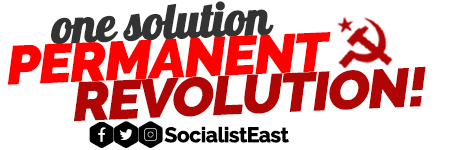


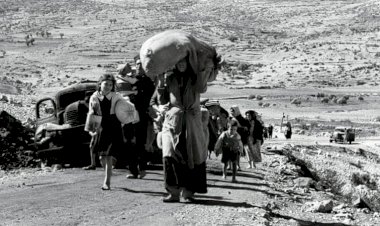
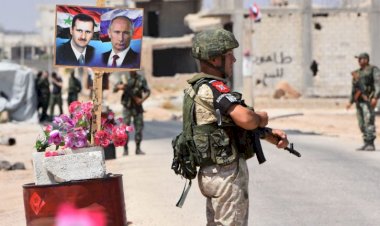
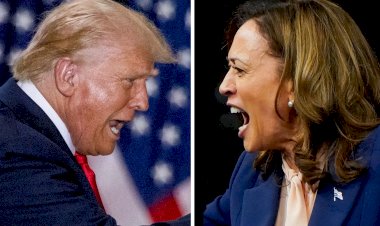
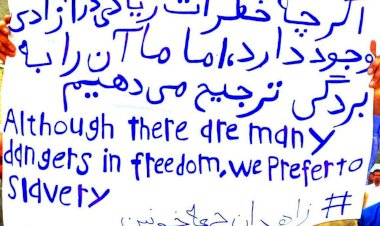
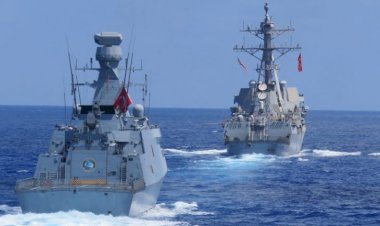
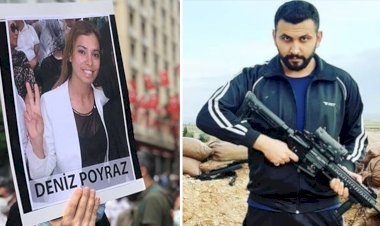
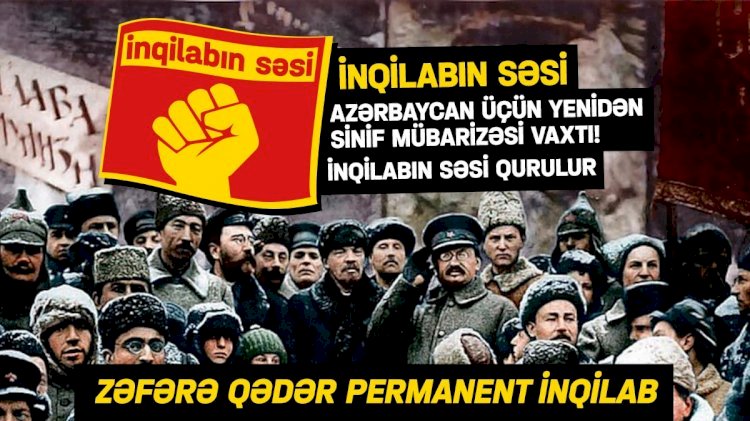











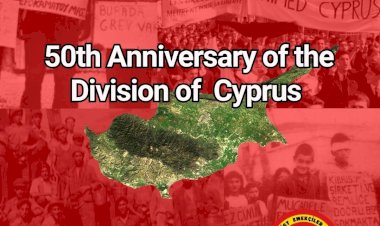





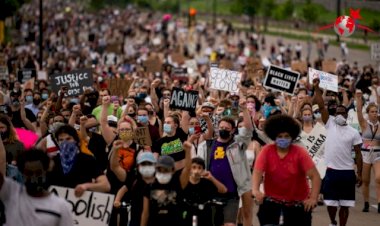
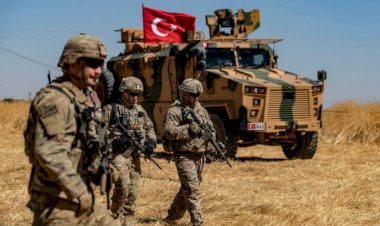
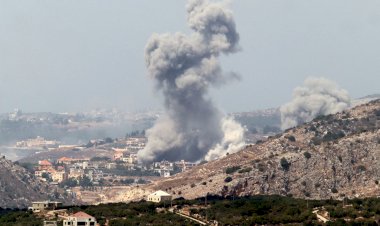
![Breaking news: Reza Shahabi And Hassan Saeedi, The Imprisoned Members of The Syndicate of Workers of Tehran and Suburbs Bus Company, Were Released [Today, September 1, 2024]](https://socialistmiddleeast.com/uploads/images/image_380x226_66d58ec4962c1.jpg)
